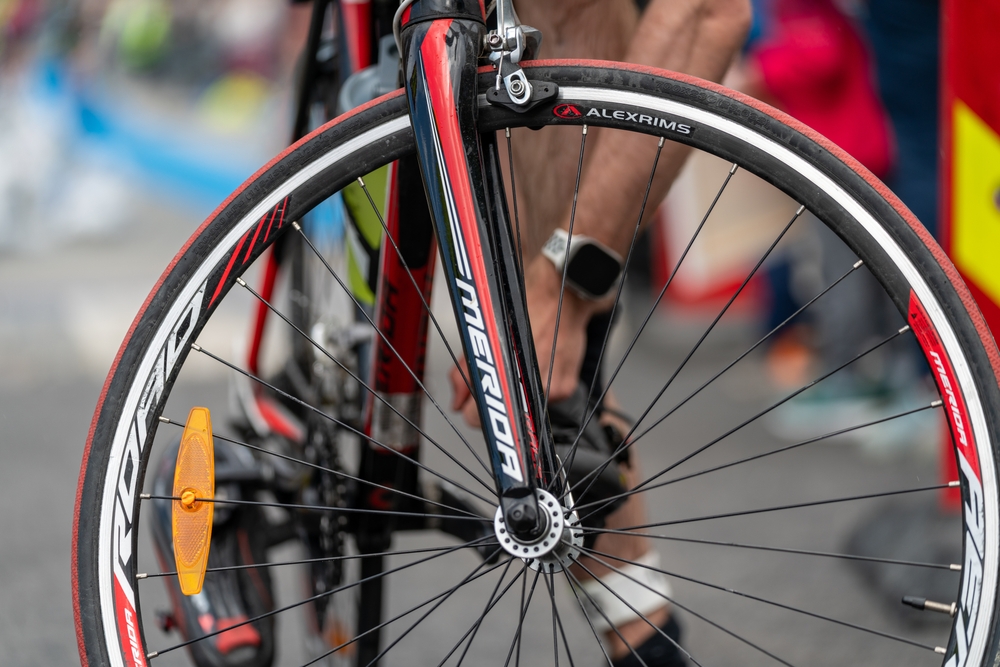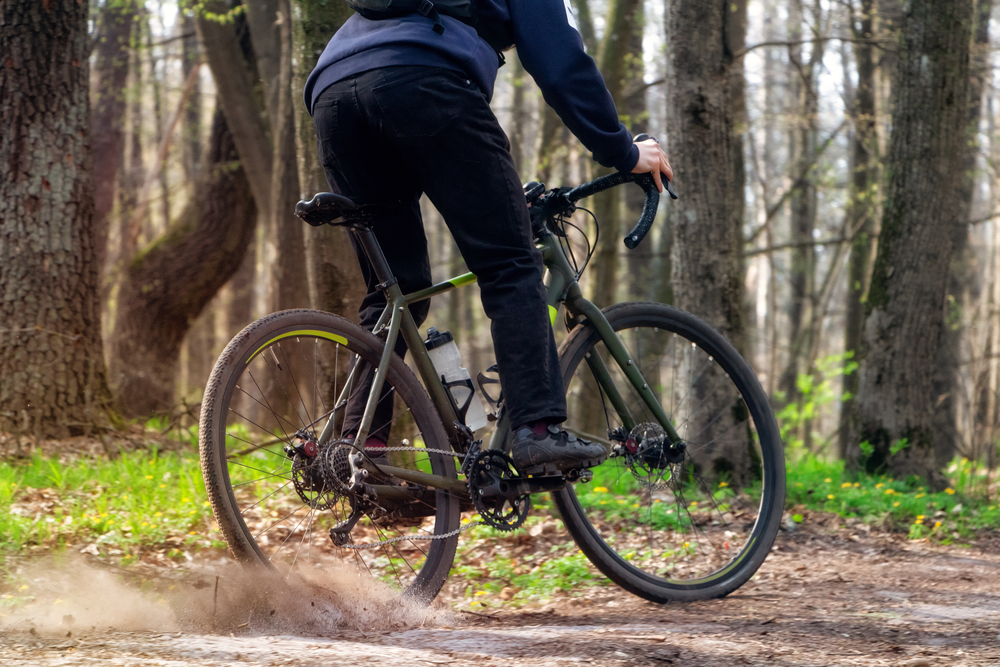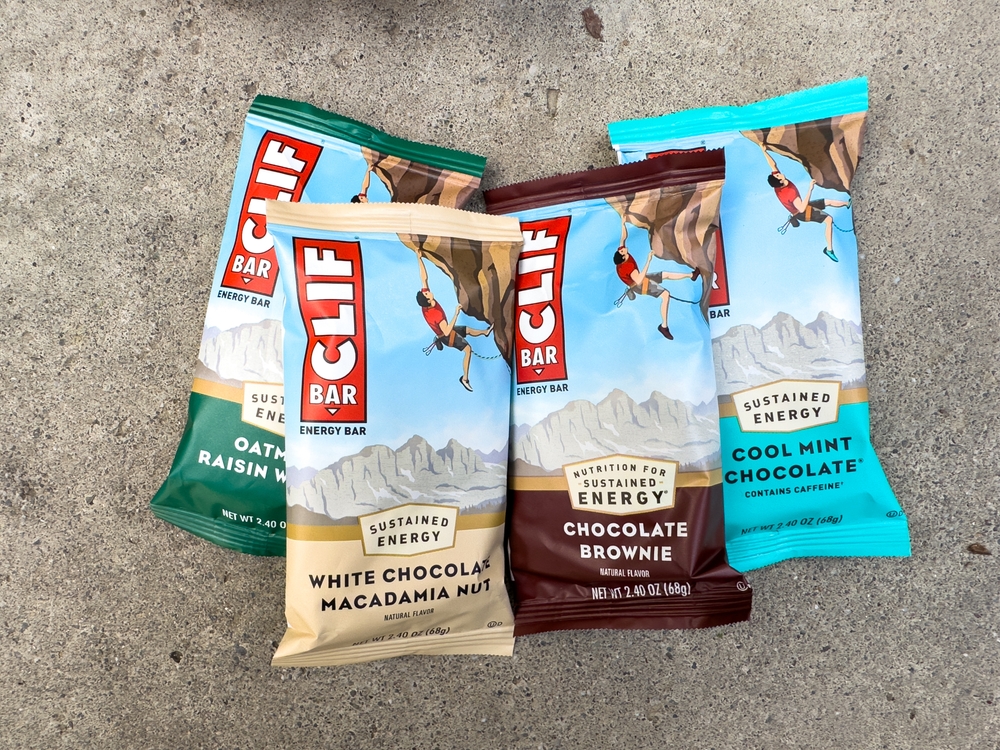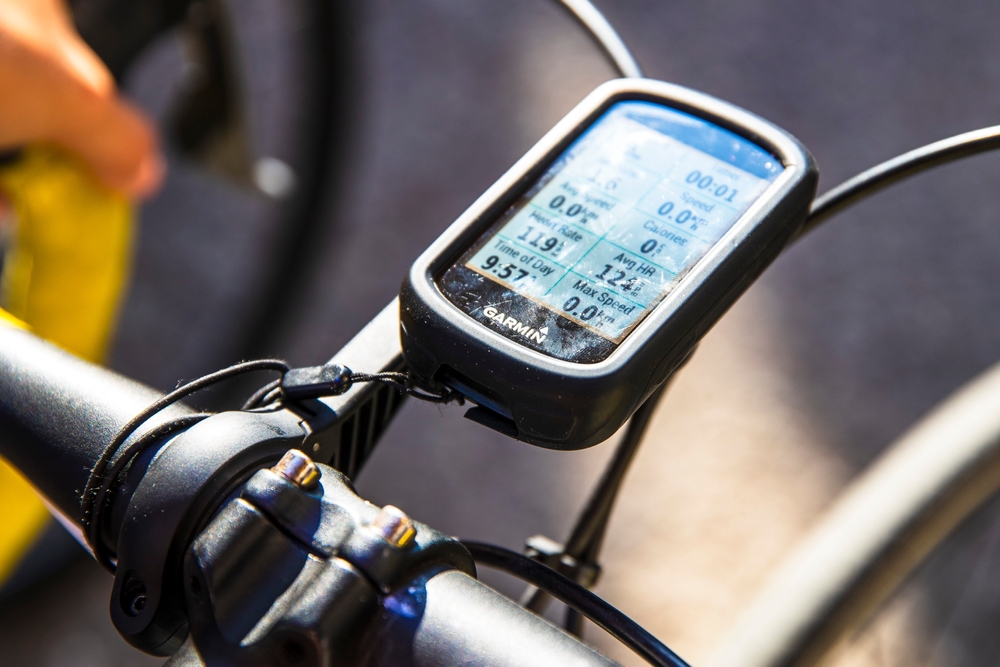Enhance your ride and experience the joy of cycling with 700c wheels. Learn their uses, maintenance, and how they contribute to the joy of cycling.
Table of Contents
Understanding 700c: The Bicycle Wheel Standard

The term 700c often surfaces in discussions about bicycles, particularly road bikes. It refers to a particular standard of wheel size that is widely recognized in the cycling community. The origin of 700c stems from the French system of wheel designation.
The French Wheel Sizing System
In the French system, wheel sizes were originally categorized by the approximate outer diameter of the tire in millimeters. The letter suffix, such as c, indicated the width of the tire. For instance, 700c originally referred to a tire size that was 700 millimeters in diameter with a c width, although the actual width varied due to changes in tire construction over time.
Modern Interpretation of 700c Wheels
Today, 700c is more specifically associated with the standard diameter of road bike wheels, equating to 622 millimeters at the bead seat diameter (BSD). This size is part of the ISO (International Organization for Standardization) system, which helps standardize measurements across different regions and manufacturers. Despite advances, 700c remains a key standard in the cycling industry.
Comparison to Other Wheel Sizes
- 650b: Measures 584mm at the BSD. Often used for touring and gravel bikes due to their slightly smaller diameter.
- 29-inch: Identical in diameter to 700c but used predominantly in the mountain biking world.
- 26-inch: Measures 559mm at the BSD and was once the most common size for mountain bikes, now largely replaced by 27.5-inch (650b) and 29-inch wheels.
Experience the Joy of Cycling: Benefits of 700c Wheels
Road bikes equipped with 700c wheels offer several advantages. First, their larger diameter helps cover more ground with each revolution, translating to higher speeds, especially on smooth surfaces. This characteristic makes 700c wheels preferable for racing and long-distance road cycling. Second, the widespread use of 700c wheels means there’s broad availability of tires and rims, ensuring cyclists can easily find replacements or upgrade components.
Common Uses
700c wheels are prevalent in various types of bicycles, including:
- Road bikes: For racing, touring, and commuting.
- Gravel bikes: Where mixed-terrain performance is needed.
- Cyclocross bikes: Where traction and performance on varied terrain are critical.
- Hybrid bikes: Combining elements of road, mountain, and touring bikes for urban and mixed-surface riding.
Tire Width and Pressure Considerations
Tire width plays a critical role in performance and comfort. Narrower tires, typically ranging from 23mm to 28mm, are favored for high-speed road cycling, offering less rolling resistance and higher pressure capacity. Wider tires, ranging from 30mm to 45mm or more, are used in gravel and cyclocross bikes, providing better shock absorption and grip, particularly on rough or unpaved surfaces. The appropriate tire pressure varies with width, riding conditions, and rider weight.
Impact on Ride Quality
Wheel size influences ride quality significantly. Larger wheels such as 700c provide smoother rides over bumps and irregularities due to their increased ability to roll over obstacles. Additionally, they maintain momentum better due to their larger diameter. However, they can be less responsive than smaller wheels, impacting maneuverability. Cyclists often need to weigh these factors depending on their riding style and typical terrain.
Material and Construction
700c wheels are manufactured from a variety of materials. Aluminum alloy rims are common due to their balance of weight, strength, and affordability. Carbon fiber rims offer lighter weight and enhanced stiffness but come at a higher cost. Advances in wheel construction have led to innovations like tubeless designs, which reduce the risk of flats and allow for lower tire pressures, improving ride comfort and traction.
Maintenance Tips
Regular maintenance ensures longevity and performance of 700c wheels. Key practices include:
- Regularly checking tire pressure to suit riding conditions and preferences.
- Inspecting tires for wear and replacing them when tread patterns show significant signs of aging or damage.
- Ensuring wheel trueness by checking for wobbling and adjusting spokes if necessary.
- Lubricating and maintaining the hubs and bearings for smooth rotation and longevity.
Customization Options
700c wheels offer a range of customization options. Cyclists can select different rim profiles, such as aerodynamic deep-section rims for speed or low-profile rims for a comfortable ride. Spoke count variations help balance weight and strength, with higher spoke counts providing more durability for heavy loads. Custom wheel builds allow cyclists to optimize their bikes for specific uses like racing, touring, or off-road adventures.
Innovation and Trends
Recent trends include the adoption of disc brakes, which significantly enhance stopping power and performance, especially in wet conditions. Furthermore, the growing popularity of tubeless setups provides benefits like reduced flats and the ability to run lower pressures for improved comfort and control. Advances in materials technology continue to push the boundaries of what 700c wheels can achieve, making them more robust and efficient than ever before.
Conclusion
Understanding the specifications, benefits, and applications of 700c wheels is essential for cyclists. These wheels offer a blend of speed, comfort, and versatility that has cemented their place in the cycling world. With ongoing innovations and a broad range of customization options, 700c wheels will continue to meet the evolving needs of cyclists for years to come.






